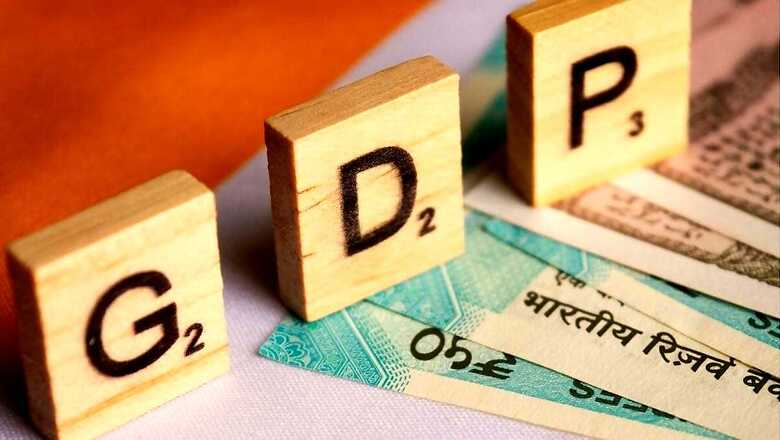
views
India remains committed to reducing the budget deficit over the medium term, despite its focus on higher public capex and demands of the coalition government, Fitch Ratings said on Tuesday.
In a report, it said India has achieved or outperformed its budget deficit targets in the last few years, thereby improving its fiscal credibility.
Fitch said India using RBI dividend to lower its fiscal deficit target for the fiscal year ending March 2025, reinforces its view that the country prefers fiscal consolidation over additional spending.
Still, India’s deficit, and interest-to-revenue and debt ratios remain high compared with the ‘BBB’ category sovereign peers, Fitch said.
“…we believe its (India) government remains committed to reducing the budget deficit over the medium term, even amid the demands that governing in the coalition will impose on the newly elected administration – and despite the government’s sustained focus on supporting economic growth through higher public capex,” the rating agency said.
In the full Budget presented in July, the government lowered the fiscal deficit target to 4.9 per cent for the current financial year against 5.1 per cent estimated in February’s interim Budget.
In May, the RBI board approved a Rs 2.11 lakh crore dividend to the government for 2023-24 fiscal.
Last month, Fitch Ratings affirmed India’s sovereign rating at ’BBB-’ with a stable outlook citing a strong medium-term growth outlook and solid external financing position.
What Is Fiscal Deficit?
A fiscal deficit is the difference between the government’s total expenditure and its total revenue. In simpler terms, it’s the amount of money the government borrows to meet its spending needs.
Various factors can contribute to a fiscal deficit, including increased government spending on infrastructure, social welfare programs, or defense, and a decline in tax revenue.
The government strives to maintain a manageable level of fiscal deficit through measures like reducing expenditure, increasing revenue, and borrowing responsibly.
(With PTI inputs)
















Comments
0 comment